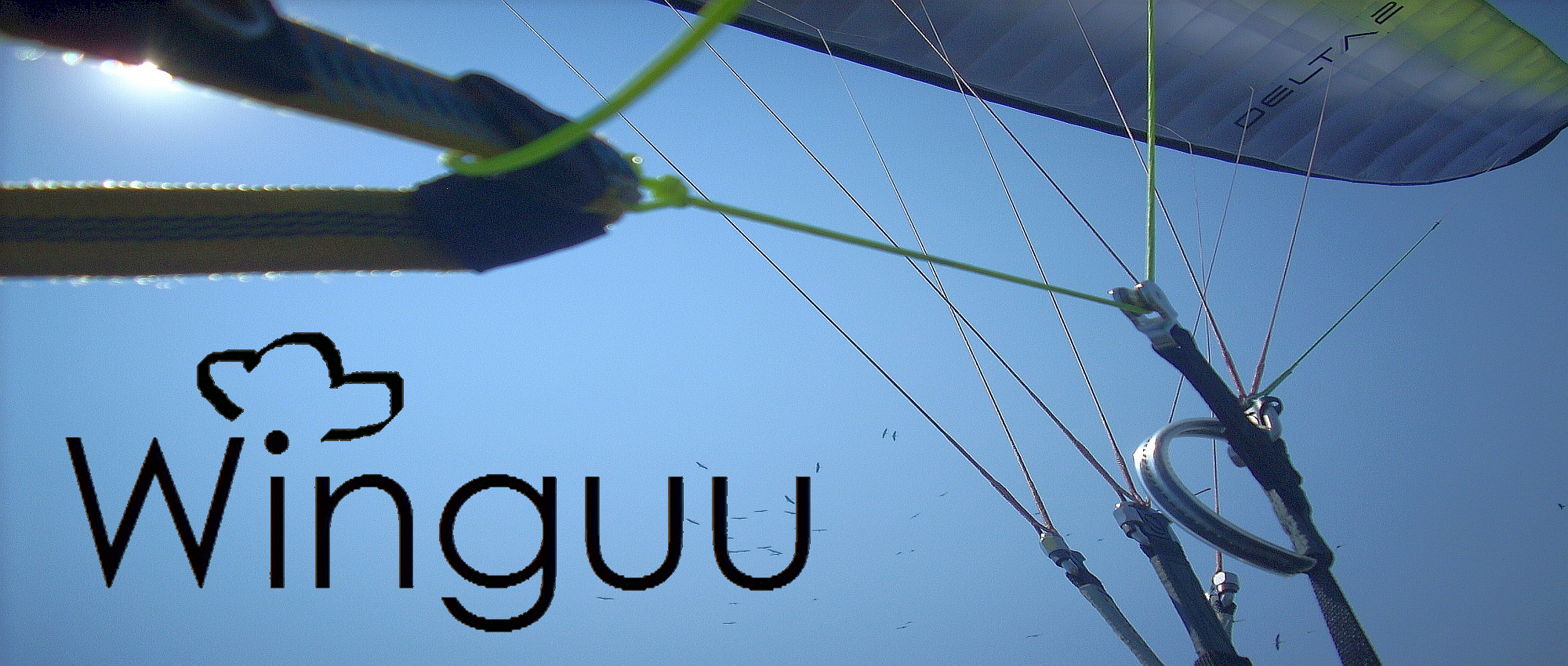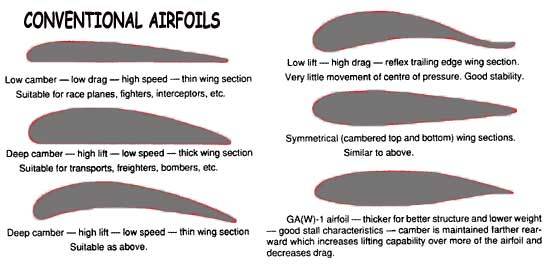What is a REFLEX profile glider?
REFLEX on a paraglider is a design on the airfoil profile of the glider dedicated to making it stable at higher flying speeds.
One can visibly recognize a REFLEX profile since the trailing edge of the glider at trim speed is turned direction upwards.
The main principle is that the profile central point of pressure ≈ weight load ≈ lift, is kept further forward in the glider profile therefore making it more stable and less prone to collapses.
When reducing the angle of attach (for example by using the speed bar or riser trim) essentially making the glider faster, in regular profile gliders this central point moves towards the trailing edge making the glider unstable as the weight load on the A and B risers reduces.
In a REFLEX profile, simply put, the turn in the trailing edge acts like a counterpart to this transition in pressure and shift tendency of the weight load, so the central point is kept on the front of the glider profile allowing the glider profile to keep its stability.
REFLEX profiles are broadly used in powered paragliding so the glider can pick up speed and reach higher motor induced speeds. A maximum flying speed of up to 75+ km/h is possible with most reflex gliders.
The stability of the glider (none or less collapses induced by turbulences) is also important in powered paragliding as the weight loads and forces are much higher making the event of a collapse a lot more aggressive and possibly dangerous.
Reflex profile gliders are further known to have a smaller glide ratio which doesn’t affect distance flying when flying with a motor, however the pilot would compensate with motor power and fuel consumption.
In addition to powered paragliding oriented fully reflex gliders, nowadays designers have developed reflex-profile types of paragliders:
Half-reflexed paragliders (i.e. with profile showing limited reflex behavior)
Partly reflexed paragliders (for example with reflex profile in central part of the canopy only)
Semi-stable paragliders (i.e. with profile displaying only some features of typical reflex-profile)
Also there are different effects of the changes brought to the profile with the use of riser trimmers and a speed bar system of either:
reflex behavior in the complete speed range
reflex behavior at the middle and higher speeds
Most reflex gliders have a trim riser setting which can activate or deactivate the reflex and a speed bar adjusted system.
Why would a pilot want to reduce the reflex in his wing?
Take off in different wind speeds, landing approach demands, maneuver precision and thermaling. Further as a general rule, situations where it may be more effective to use the brakes.
Depending on the glider model, as per instructions the pilot should look for in the glider manual, there are several do’s and don’ts. For example…
Most reflex gliders cannot be steered with the brakes when the pilot is using higher speed trim setting and speed system. Therefore they have additional wingtip steering toggles (TST) on the risers which are attached separately to lines directed to the tips of the glider, effectively to steer the glider without deforming the trailing edge. There are various clever adjustments to the risers that have been introduced to manage with these demands.
Certain reflex glider models when trimmed on slow mode don’t allow the use of the speed bar as it may cause tip collapses.
It is very important for pilots to realize the benefits in flying REFLEX airfoil gliders and be conscious of the differences in performance, handling and behavior.
It is recommended to pilots by all production companies that use REFLEX in their gliders to consider the manual, educate and train yourselves for flying these type of gliders.
Here are links to information about their REFLEX technology by several paragliding companies and some websites –>
http://www.flyozone.com/paramotor/de/news/ozone-reflex-profile/
http://www.flyozone.com/paramotor/en/news/headlines/10750
https://www.dudek.eu/en/reflex-profile/
http://www.footflyer.com/Equipment/Wings/about_reflex_paragliders.htm

